
Greetings from the Camargue, a region of ultra-flat wetlands south of Arles known for white horses, black bulls, cowboys, flamingos, salt and rice. And wine, of course, as with every region in France. We are still in Provence, but on its western edge. It is approximately a gazillion degrees outside but we are beginning to adapt. A little.
We had a good drive here from Nice, although it was over three hours and the southern French drivers occasionally gave us bad memories of the Italians. Perhaps it's the heat that makes staying between the lines so difficult?
Along the way we stopped by Brad and Angie's house. They bought Chateau Miraval, a winemaking estate in central Provence, a couple of months ago and are currently living there while they wait to have twins. It was only a few miles off the freeway so we took a detour to see what we could see - which we knew wouldn't be much! Just off the freeway we passed a convertible Rolls Royce going the other way and we craned our necks - alas, no one we knew.


We are now in Aigues-Mortes (pronounced "EGG-yoo mort", meaning "dead waters"), a small town among canals about 30 minutes from the coast. We are mainly here to visit Arles, but as usual it is cheaper and more relaxed to base ourselves outside the main city in the area.
We are staying in the Hotel Canal, a nice modern 3-star. Since we'll be here over my birthday we sprung for a large room overlooking the canal, and it's a great room. Spacious, modern design, free and fast internet, and very robust air conditioning.



I had never heard of Aigues-Mortes (whose name means "Dead Waters") when I booked this hotel, but it is quite a nice little town. It includes a historic center that is still entirely enclosed by its medieval walls, with canals running in grids all around it. From our hotel it is a short walk along a canal and over a bridge to the north gate of the city, where you soon come upon a big square filled with outdoor dining possibilities.
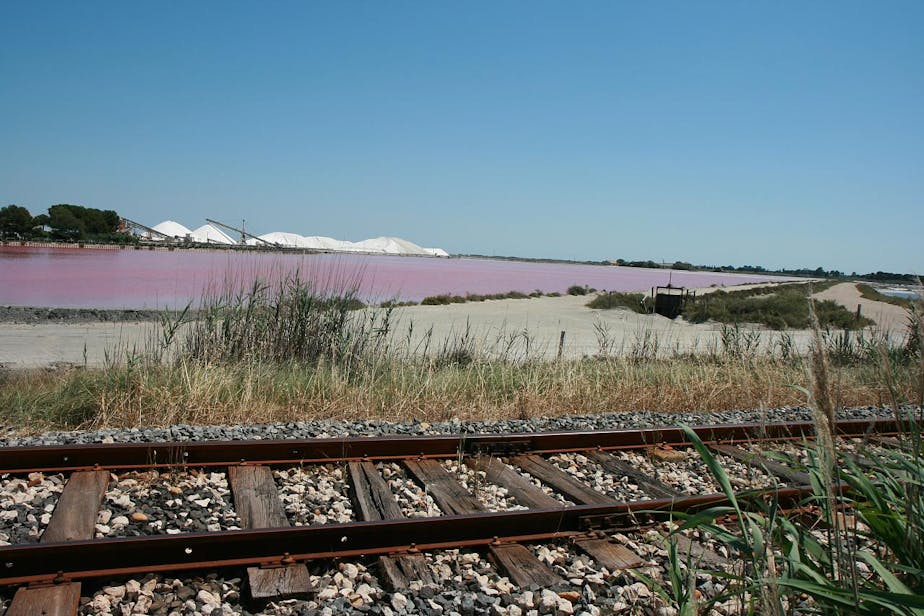
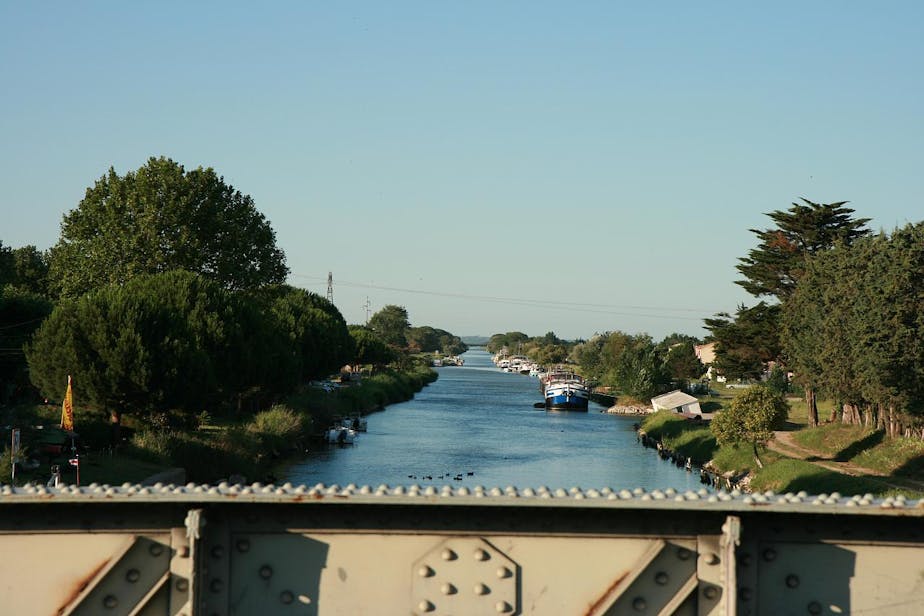


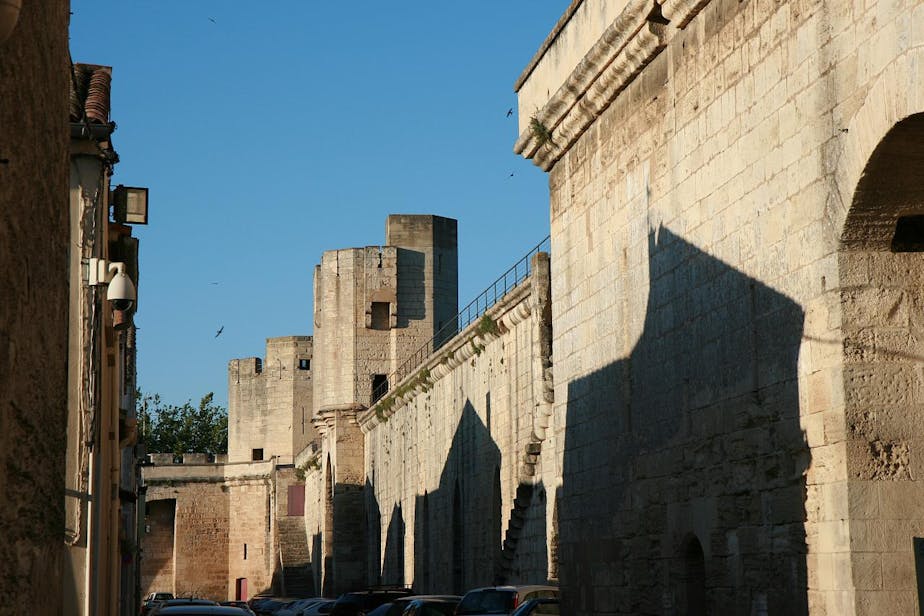

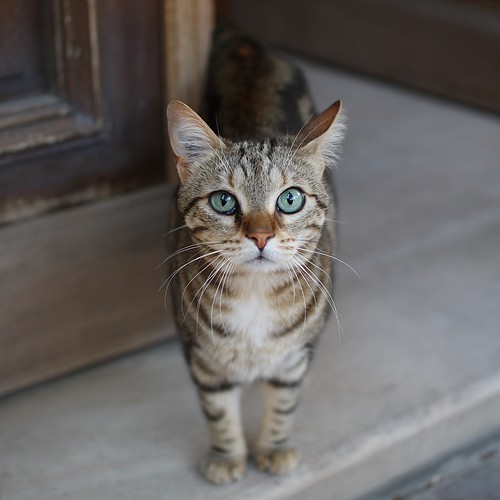 And this is a wonderful little kitty who David photographed to perfection. We found him skulking around a doorway in the main plaza. He was friendly but wouldn't quite let us pet him - we hope to work on that further in the next couple of days! What a cutie.
And this is a wonderful little kitty who David photographed to perfection. We found him skulking around a doorway in the main plaza. He was friendly but wouldn't quite let us pet him - we hope to work on that further in the next couple of days! What a cutie.


Today started out nice and slow. I went for a swim in the pool and sunbathed on the terrace while David wandered down the road to a Hi-Fi store. Then this afternoon we ventured out in the heat (it has to be high-90s but we haven't checked) to visit Saintes-Maries-de-la-Mer, a village 30 minutes southeast of us on the coast. It has a population of less than 3,000, but because of its sandy beaches it receives several times that number in tourists during the summer.


Our visit was primarily for Saintes-Maries-de-la-Mer's interesting Romanesque church, which was also used as a castle throughout the Middle Ages. Pirates were the main problem, and the town's citizens took refuge in the church during times of attack. There is even a freshwater well inside.

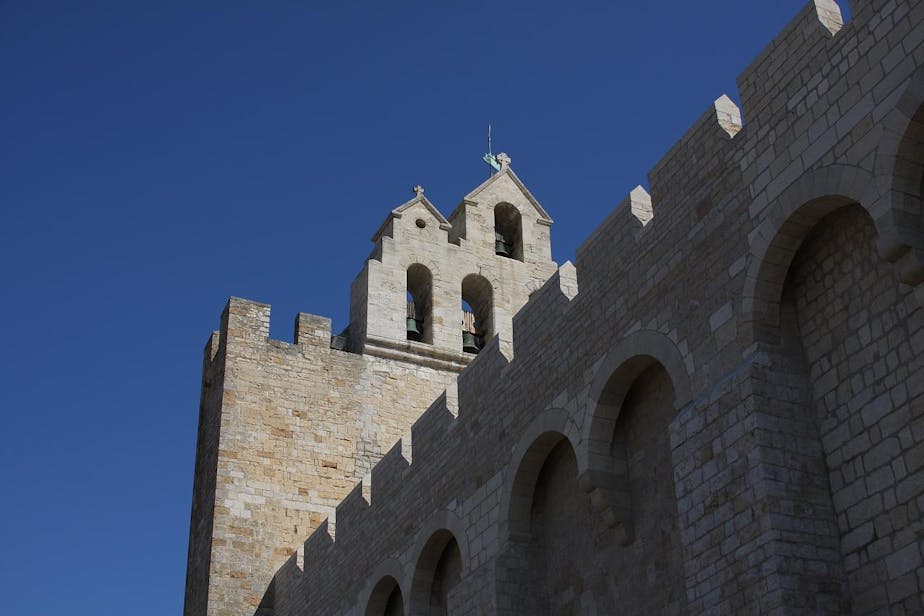


Another reason we visited Saintes-Maries is because it is the site of an important annual pilgrimage. Every year at the end of May, Romanies (Gypsies) from all over Europe gather here to carry a statue of their patron saint to the ocean and back. At the same time they baptize their children and generally celebrate and keep in touch.
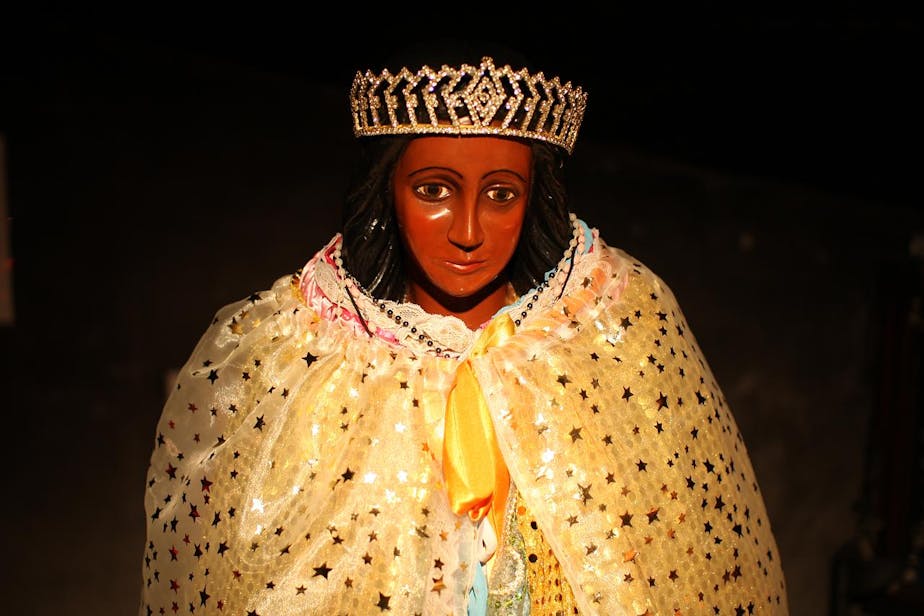
The Romanies' patron saint is Sarah, the legendary Egyptian servant of Mary Salome and Mary Jacobe. Along with Mary Magdalene, these Marys were the "Holy Women" who discovered the empty tomb of Christ on Easter morning. According to legend they were later put in a boat without oars and cast out to sea by Roman persecutors. They landed here and gave the town its name, "St. Marys of the Sea."
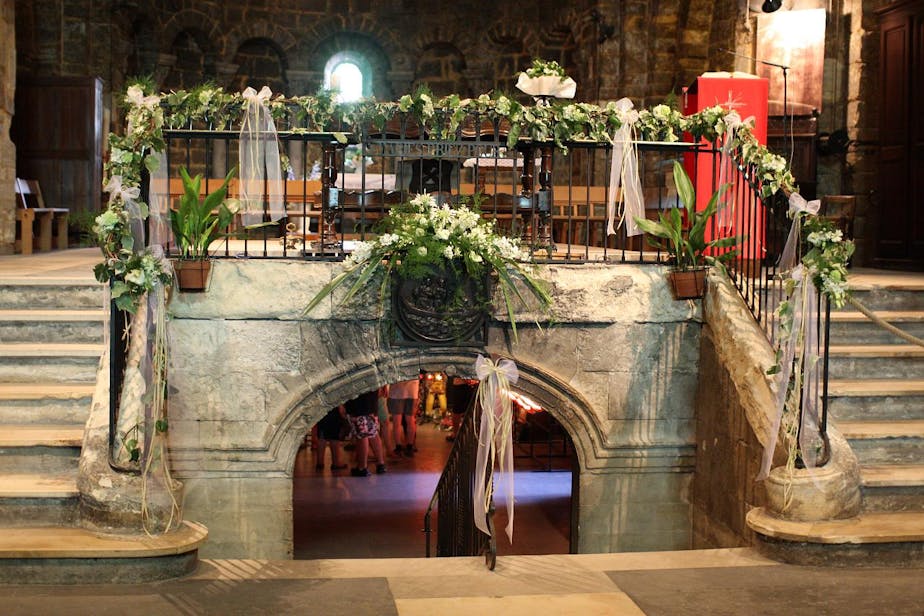
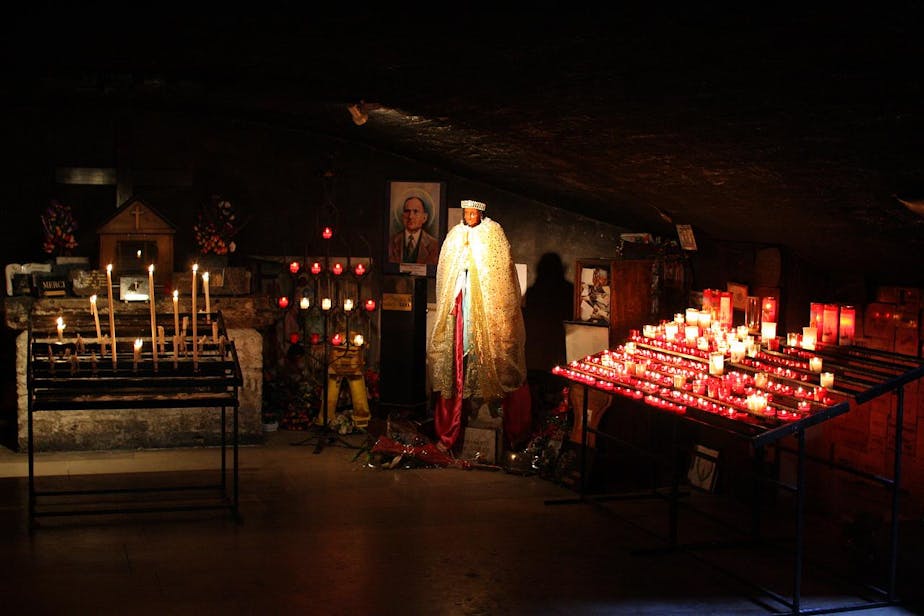
Tomorrow, we visit Arles. Lots of good historic stuff to see there and I'm quite excited!
